Editors’ Picks





Found in Robotics News & Content, with a score of 13.76
…2020-2030: COVID Edition.” 3D printing is moving into mainstream manufacturing and onto production lines, according to the report, due to significant, recent evolution in printers and printer consumables. It is now possible to print bigger and more intricate items than ever in a wide range of materials. Materials covered in IDTechEx's report include photosensitive resins, thermoplastic powders, thermoplastic filaments, metal powders, metal wire and ceramic powders. New materials extend market opportunities This range of technologies and products and increasing versatility—in particular, the ability to print biocompatible and even safety-critical components—is helping to make additive manufacturing a growing presence in the…
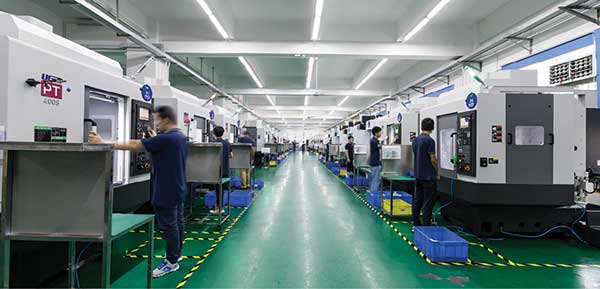
Found in Robotics News & Content, with a score of 10.58
…and supply chain disruptions wreaked havoc around the world, additive manufacturing (AM) or 3D printing found itself in an envious position—a position of advantage. Particularly in personal protective equipment (PPE) production, 3D printing attracted headlines and media spotlights. Without the need to set up tooling or create molds, 3D printers, from hobbyists to professional houses, were able to swiftly make and deliver PPEs to hospitals and clinics facing short supply. (For more, read the related stories listed at the end.) “There was the recognition that 3D printing is a viable manufacturing technology for medical devices. Previously, there were still lots…
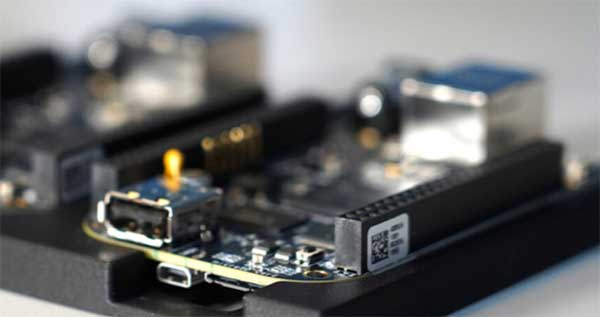
Found in Robotics News & Content, with a score of 25.16
…ESD, a new high-strength composite material for the electronics manufacturing industry. This year, many industries have leveraged additive manufacturing to withstand supply chain disruptions due to COVID-19. Use of this technology for the production of electronics, however, has been limited due to barriers. Electronics manufacturers must use materials that meet electrostatic discharge (ESD) safety requirements to avoid damaging a product or critical component during production. Now, with the launch of Onyx ESD, electronics manufacturers can utilized additive manufacturing. This material is a high-performance static-dissipative version of Markforged’s flagship composite base material Onyx, a micro carbon fiber-filled nylon that yields accurate…
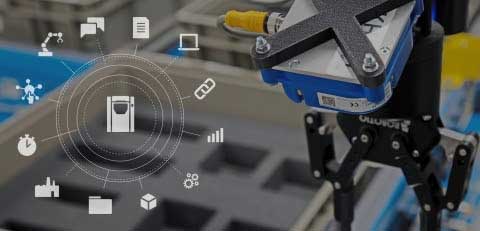
Found in Robotics News & Content, with a score of 27.05
…documentation, and code samples that enable development partners and manufacturing customers to establish two-way connectivity between Stratasys FDM 3D printers and enterprise software applications. Stratasys has previously introduced support for MTConnect, an industry-standard protocol that enables customers to communicate factory data. However, this standard does not support additional capabilities for sending and receiving printer commands and for remote monitoring. Stratasys is now meeting the need for more sophisticated two-way integration as part of its Industry 4.0 initiative. Initial partners for the GrabCAD SDK program include Link3D, the leader in additive workflow and manufacturing execution system software, and Identify3D, which provides…

Found in Robotics News & Content, with a score of 23.73
…“We are pleased to partner with VELO3D to help manufacturing companies across the U.S. produce mission-critical parts for industrial use,” states Ken Clayton, CEO of GoEngineer. “VELO3D delivers breakthrough SupportFree technology for the design and manufacturing of metal parts that are not hindered by geometric constraints nor compromised by part quality. Metal additive manufacturing is an important piece to GoEngineer’s portfolio and we are excited to help our customers differentiate themselves even more.” “GoEngineer has gained the trust of thousands of customers with their rich expertise in additive design solutions. I see them as a strategic and invaluable partner in…
Found in Robotics News & Content, with a score of 25.83
…go-to-market organization towards mid-2021. “Our customers are looking for additive manufacturing solutions that enable use of industrial-grade resins for mass production parts with process and quality control,” says Stratasys CEO Yoav Zeif. “We believe Origin’s software-driven Origin One system is the best in the industry by combining high throughput with incredible accuracy. “When combined with Origin’s extensive materials ecosystem and our industry-leading go-to-market capabilities, we believe we will be able to capture a wide range of in-demand production applications on a global scale,” Zeif adds. “Together with our intended entry into powder bed fusion technology, the acquisition of Origin reflects…
Found in Robotics News & Content, with a score of 17.36
…next-generation medical devices. “Solvay works with companies across the additive manufacturing (AM) ecosystem to offer production-ready high-performance 3D printing solutions to the healthcare industry,” says Christophe Schramm, AM business manager for Solvay Specialty Polymers global business unit. “This partnership will allow us to combine our expertise in materials with PrinterPrezz’s unique offering for qualification of medical devices to accelerate the adoption of 3D printed implants and medical devices using Solvay’s latest AM powder technology for SLS.” Solvay has over 30 years of experience supplying polymers to the health care industry. The company's Solviva biomaterials provide optimal performance and meet the…

Found in Robotics News & Content, with a score of 23.53
Structur3d—a company in the advanced additive manufacturing market space for soft materials—makes available the Inj3ctor Platform, a new desktop solution for injection molding rubber parts. The company is advancing and solidifying 3D printing’s role within industrial manufacturing by expanding its material capabilities to create new products with factory-grade rubber materials, like silicones and polyurethanes, the company reports. The Inj3ctor is a solution to combine the principles of injection molding with 3D printing. Using 3D-printed molds, the Inj3ctor uses curated material cartridges to mix and inject 2-component (2K) flexible materials into any customizable shape, enabling turnkey, small-batch manufacturing of rubber materials.…
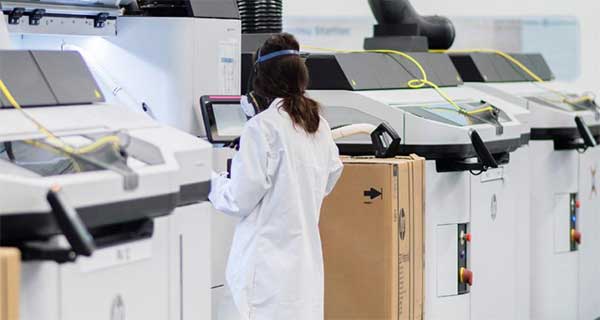
Found in Robotics News & Content, with a score of 38.69
AMFG, provider of manufacturing execution system (MES) software for additive manufacturing, is collaborating with HP to enable data streaming and connectivity for HP Jet Fusion systems through AMFG’s MES software. The collaboration aims to solve a barrier to unlocking the full potential of additive manufacturing: The lack of connectivity across the AM workflow. AMFG and HP have taken steps to address this challenge by enabling the integration of HP 3D Application Programming Interface (API) with AMFG’s MES software. HP Jet Fusion users will be able to connect directly with their systems through AMFG’s software, track production status and receive critical…
Found in Robotics News & Content, with a score of 14.67
…FFF printers from beginner to industrial level, making it one of the easiest and most cost-effective technologies in metal Additive Manufacturing. FFF enables the production of hollow structures and lightweight designs. Additionally, users benefit from the traditional advantages of a non-oxidizing metal, such as corrosion resistance and strength.
Found in Robotics News & Content, with a score of 14.42
Want confirmation that additive manufacturing (AM) is fast evolving from an effective way of creating prototypes to a serious alternative for full-scale production? Essentium claims to have goods, touting the results of a recent independent study that shows use of large-scale AM more than doubling over the last year for 70 percent of participating companies. Highlights of the companies’ third annual study also found that the number of companies shifting to AM for full-scale production runs for hundreds, even thousands, of parts has doubled from 7% last year to 14% in 2020. The COVID-19 pandemic contributed to the rise in…
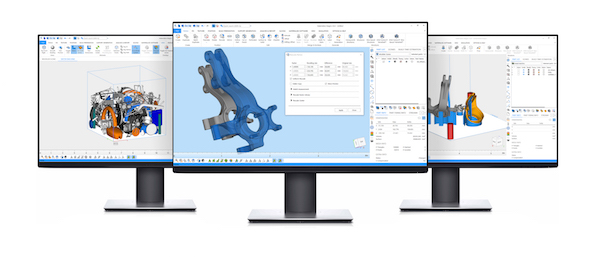
Found in Robotics News & Content, with a score of 20.79
Additive manufacturing (AM) software and services vendor Materialise says two data points tell the story of 3D printing for manufacturing. The first is 80%, the percentage of manufacturers using 3D printing in some fashion, primarily prototyping. The second is 50%, the amount of waste typically generated by laser sintering, the most popular process for prototyping. Both percentages come from Materialize polling existing clients and customers. Materialise also says their clients would increase the use of additive manufacturing processes if they could reduce risk, reduce cost, and reduce time to return on investment (ROI). “If you assume 3D printing is by…



